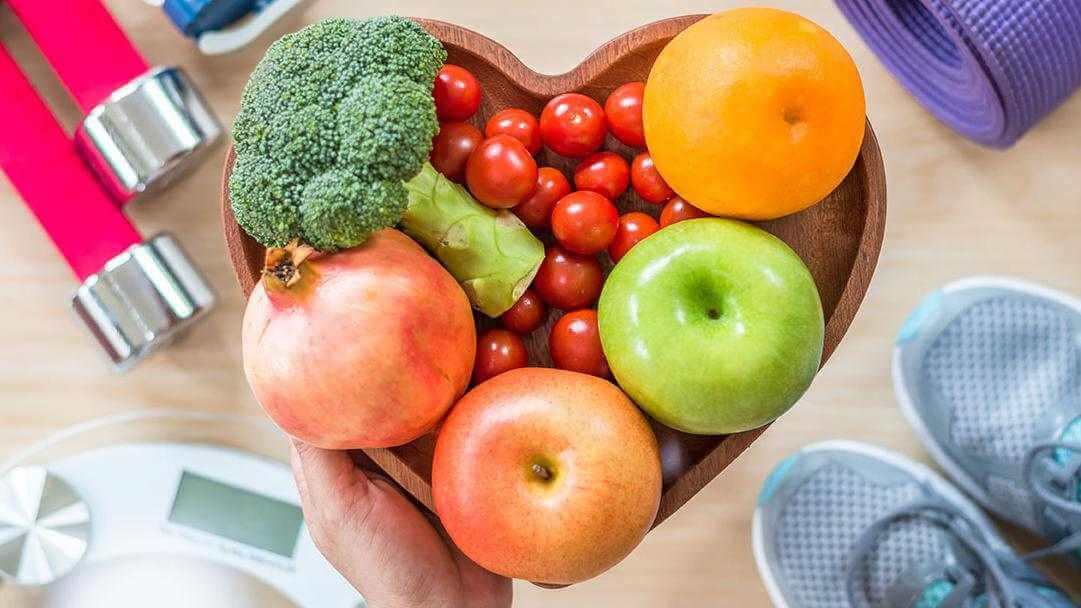Maintaining a healthy lifestyle
If you’re looking to maintain a healthy lifestyle, small changes are the best way to get started. We share seven easy ways to keep you in good health.
During times of stress and uncertainty, it’s easy to fall into bad habits and neglect the healthy routines we’ve established. But looking after yourself is so important right now and it’s absolutely still possible despite social distancing.
Maintaining a healthy lifestyle will look after your body as well as your mind, making you much better equipped to deal with the difficulties posed by the coronavirus pandemic.
During times of stress and uncertainty, it’s easy to fall into bad habits and neglect the healthy routines we’ve established. But looking after yourself is so important right now and it’s absolutely still possible despite social distancing.
Maintaining a healthy lifestyle will look after your body as well as your mind, making you much better equipped to deal with the difficulties posed by the coronavirus pandemic.
1. Eat a healthy balanced diet
Eating well is one of the best ways to look after your health. Many people underestimate the importance of a healthy diet, but proper nutrition can improve everything from your energy levels to your mental health.
Healthy eating is also crucial to the health of your immune system, which is more important than ever.
The stronger your immune system, the better chance you have of fighting off COVID-19 if you catch it.
Try to make healthy choices wherever possible, eat lots of fruits and vegetables and don’t eat mindlessly. Your body and mind will thank you for it.
2. Have regular meals
Skipping breakfast or lunch can really affect your ability to concentrate and work productively. You may find yourself getting headaches or feeling very sluggish.
Most of our routines have been disrupted by the crisis, meal times included, but do try to stick to regular times and take a proper break for lunch whenever possible.
Eating at irregular times and wolfing down your food has been shown to upset your gut (digestive system), which can affect the health of your whole body – not to mention upsetting your stomach.
3. Stay hydrated
Drinking enough water is a crucial part of healthy living. Studies show that drinking enough water can help you lose weight, think more clearly, and avoid stress, among many other benefits.
The government recommends drinking six to eight glasses of fluids every day. Although people often talk about water, most non-alcoholic drinks count.
So, if you’re not a fan of water, stay hydrated with tea, coffee and other low-sugar drinks.
It’s important to remember that fruit and vegetable juices and smoothies, though they do contain nutrients, are also high in sugar. You should only drink around 150ml of these a day.
If you really miss your sweet drinks, try sugar-free squash.
4. Don’t rely on comfort food, alcohol, cigarettes and the like to relieve stress
If stress makes you turn towards salty and fatty foods or causes you to overeat, you’re not alone. Similarly, many of us try to manage our anxiety with alcohol or cigarettes.
These things may all offer temporary relief, but in the long term they’ll make you feel worse. Don’t deprive yourself completely, but try to stick to healthy choices most of the time.
Many people find that the 80/20 approach, which involves making healthy choices 80% of the time, is an attainable way to do this.
5. Keep active wherever possible
For most people, COVID-19 has meant adapting to new ways of staying active. If your regular workout is off the table right now, do your best to find an alternative option.
Regular exercise will make you feel so much better and is crucial to staying healthy. And it’s still possible to exercise indoors, however small your living space.
Try online classes or video workouts, many of which are available for free. There are lots available that have been designed specially for people to do in their living rooms without any equipment. Experiment until you find one that works for you.
We are now allowed outside to exercise as much as we like, so make the most of it with a brisk walk or even a run. Just be careful to stay two metres away from everyone you see.
An hour of moderate exercise three times a week could make a huge difference to your fitness levels.
Easy ways to stay active without leaving your house
6. Sleep well
Sleep is often one of the first things to suffer when our routines change. Try your best to keep to regular sleep hours and to ensure you’re still getting 7-9 hours a night.
Getting enough sleep improves your overall health and protects your mental wellbeing.
Studies have shown that sleeping well can make you happier, improve your memory, improve your physical fitness and help you maintain a healthy weight.
A good night’s sleep can also boost your immune system.
Tips to help you sleep better
7. Don’t be too hard on yourself
Sometimes you’ll have bad days, you’ll feel rubbish or you’ll make unhealthy choices. It’s not the end of the world. Nobody’s perfect, and change doesn’t happen overnight.
This is a really difficult time for everyone, so try to go easy on yourself.
There’s no right way to respond to it …

















